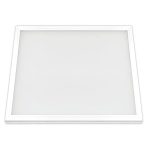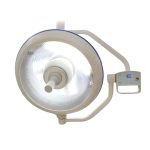Exploring the Uses and Benefits of Green LED Light: A Comprehensive Guide
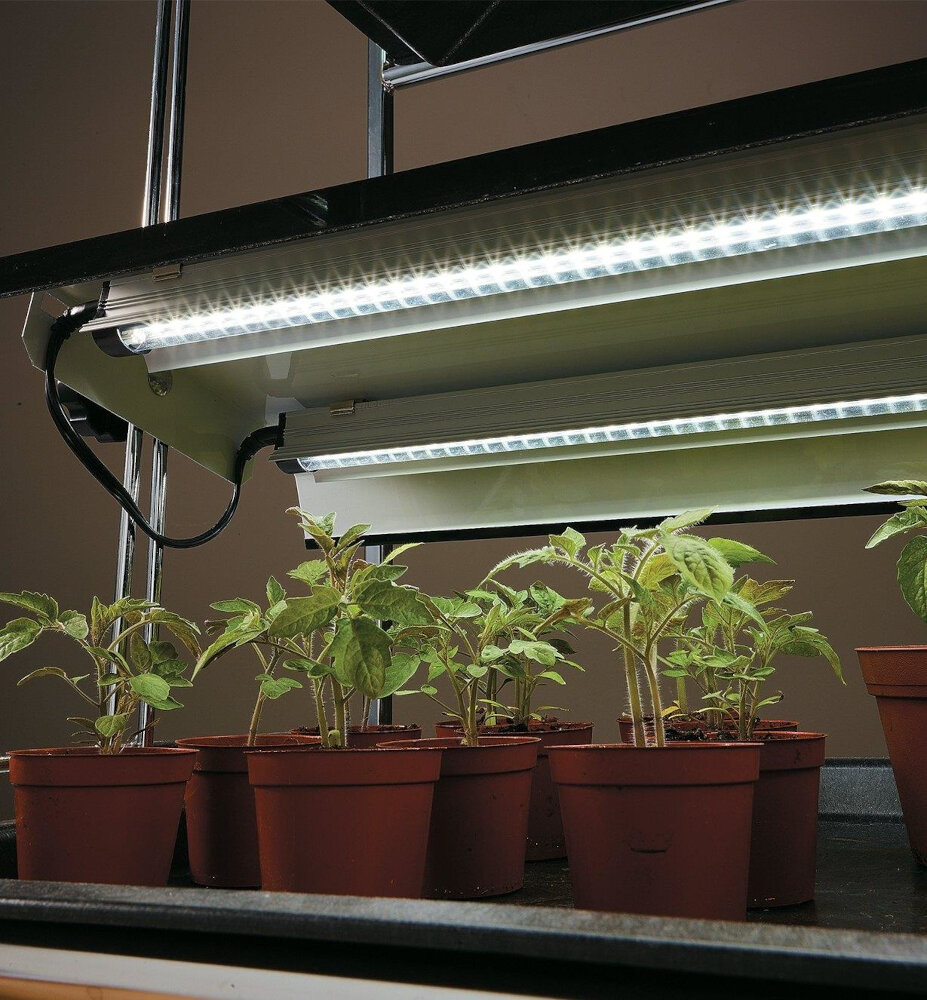
Green LED light is a versatile and energy-efficient lighting solution that has gained immense popularity in recent years. This innovative technology has revolutionized the way we illuminate our homes, offices, and outdoor spaces, offering a wide range of benefits that traditional lighting systems simply cannot match. From reducing energy consumption and costs to improving productivity and enhancing mood, green LED light has proven to be a game-changer in the world of lighting. This comprehensive guide aims to explore the uses and benefits of green LED light in-depth, providing readers with a detailed understanding of the technology, its applications, and its advantages. Whether you are a homeowner looking to upgrade your lighting system, a business owner seeking to enhance your employees’ productivity, or an outdoor enthusiast searching for the perfect lighting solution, this guide has everything you need to know about green LED light. So, let’s dive into the world of green LED light and discover why it is the future of lighting.
LED lights, or light-emitting diodes, are a type of energy-efficient lighting technology that have gained widespread popularity in recent years due to their numerous benefits. Unlike traditional incandescent bulbs that emit light by heating a filament, LED lights produce light through a process called electroluminescence, which involves the movement of electrons through a semiconductor material. This process results in a highly efficient and long-lasting source of light that is capable of producing a wide range of colors and hues. LED lights are also highly versatile, and can be used in a variety of applications, from household lighting to automotive and outdoor lighting. Additionally, they are environmentally friendly, as they consume less energy and last longer than traditional bulbs, reducing the need for frequent replacements and contributing to overall energy savings.
LED lights, or Light Emitting Diodes, have a history that goes back to the early 1900s, when scientists discovered the phenomenon called electroluminescence. However, it wasn’t until the 1960s that practical applications for LED lights began to emerge. The first LED lights were red and were used primarily in electronic devices such as calculators and watches. Over time, researchers were able to develop LED lights in other colors such as green, blue, and yellow. The development of green LED lights was particularly significant, as it opened up a whole new range of possibilities for lighting applications. Today, LED lights are used in a wide variety of applications, from lighting homes and businesses to illuminating streets and highways. They are energy-efficient, long-lasting, and environmentally-friendly, making them an ideal choice for those looking to reduce their carbon footprint.
Green LED lights have become increasingly popular due to their numerous benefits and versatile uses. One of the key advantages of green LED lights is their energy efficiency, making them an eco-friendly alternative to traditional lighting solutions. This not only helps to reduce carbon emissions but also saves money on electricity bills. Moreover, green LED lights are highly durable and have a longer lifespan compared to conventional lighting options. This makes them an ideal choice for outdoor lighting applications, such as streetlights and traffic signals, where maintenance is difficult and expensive. Additionally, green LED lights are known to have a positive impact on human health and wellbeing, as they produce a calming effect and help to reduce eye strain. Overall, the importance of green LED lights cannot be overstated, as they offer a cost-effective, eco-friendly, and health-promoting lighting solution for a wide range of applications.
Uses of Green LED Lights
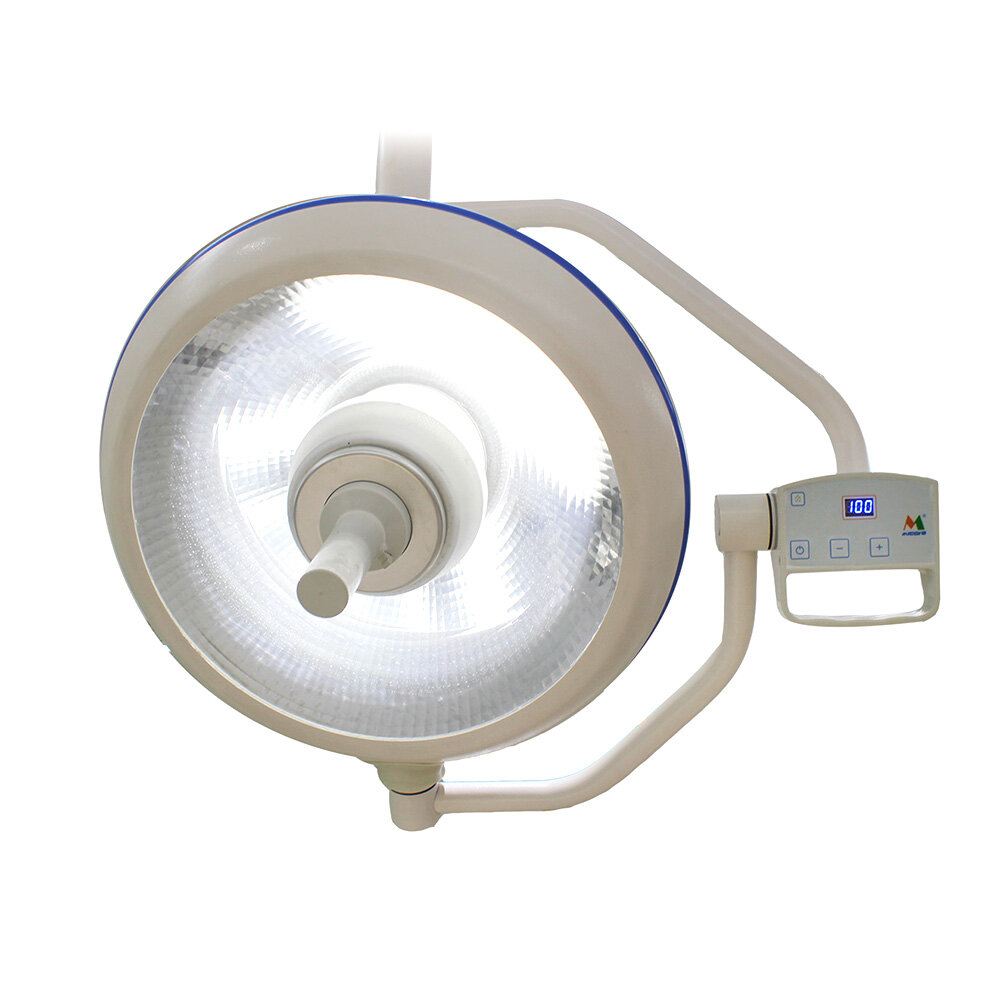
Green LED lights have become increasingly popular in recent years due to their many benefits and uses. One of the most common uses of green LED lights is in agriculture. These lights are used to help plants grow and thrive, particularly during the winter months when there is less natural light available. Green LED lights have been shown to stimulate the growth of plants and increase their photosynthesis rates, which can lead to higher yields and healthier crops. They can also be used to extend the growing season, allowing farmers to produce crops year-round. Another use of green LED lights is in the field of medicine. These lights are often used in photodynamic therapy (PDT), a type of treatment that uses light to destroy cancer cells. Green LED lights are particularly effective in PDT because they are able to penetrate deeper into the skin than other colors of light. This means that they can target cancer cells that are located deeper in the body, leading to more effective treatment outcomes. Green LED lights are also used in the treatment of skin conditions such as acne, as they have been shown to reduce inflammation and redness. Overall, the many uses and benefits of green LED lights make them a valuable tool in a variety of industries.
Green LED lights are proving to be a valuable tool in agriculture due to their ability to promote plant growth and increase yields. These lights are particularly effective in supporting photosynthesis, the process by which plants convert light into energy. By providing plants with green light, which is absorbed by chlorophyll, farmers can increase the efficiency of photosynthesis and, as a result, improve the overall health and productivity of their crops. Additionally, green LED lights can also be used to create a more natural and sustainable growing environment, as they consume less energy and produce less heat than traditional lighting methods. As such, they are becoming an increasingly popular choice for farmers and growers looking to reduce their environmental impact while maximizing their yields.
Green LED lights have found their use in medical applications due to their unique properties. Medical professionals have been using green LED light therapy for its healing properties. Green light therapy has been found to be effective in reducing inflammation, pain relief, and promoting wound healing. It has also been found to improve the appearance of scars and reduce the size of pores. Additionally, green LED light therapy has been used to treat various skin conditions such as acne, rosacea, and hyperpigmentation. The use of green LED lights in medical applications is a promising area of research, and with ongoing studies, it is expected to expand its application in the medical field.
Green LED lights have proven to be an excellent addition to transportation systems. In particular, they have been used to enhance passenger safety in trains, buses, and airplanes. Green LED lights can be installed on the floor of transportation vehicles to help passengers navigate their way around in the dark. This not only reduces the risk of accidents but also helps to create a calming and relaxing atmosphere. Green LED lights have also been used on traffic signals and road signs to improve visibility, particularly in adverse weather conditions. Additionally, they are energy-efficient, durable, and cost-effective, making them a popular choice for transportation companies looking to reduce their carbon footprint and operating costs. Overall, the use of green LED lights in transportation has numerous benefits and is a trend that is likely to continue in the future.
The use of green LED lights in outdoor lighting has become increasingly popular due to its numerous benefits. Unlike traditional lighting sources, green LED lights emit a much lower level of blue light, which can be harmful to human health and disrupt natural ecosystems. Furthermore, green light is less disruptive to wildlife and can help reduce light pollution, which is a major contributor to climate change. In addition to being environmentally friendly, green LED lights are also highly efficient and long-lasting, making them a cost-effective option for outdoor lighting applications. With their many benefits and versatile applications, green LED lights are quickly becoming the go-to choice for sustainable and responsible outdoor lighting.
Benefits of Green LED Lights
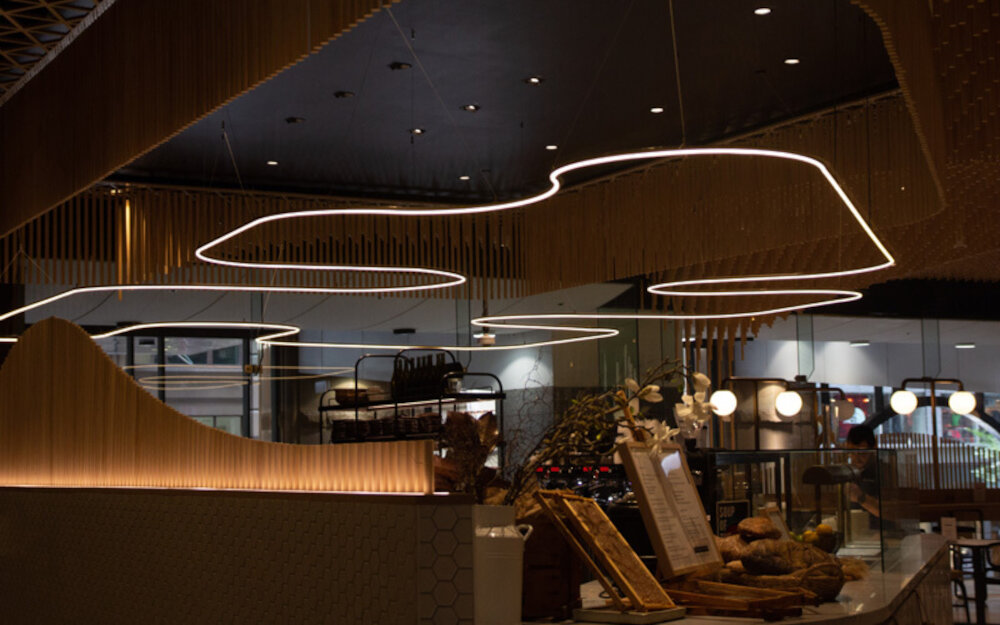
Green LED lights are becoming increasingly popular due to their many benefits. One major advantage of green LED lights is their energy efficiency. These lights use significantly less energy than traditional incandescent bulbs, making them a more eco-friendly and cost-effective lighting solution. Additionally, green LED lights have a longer lifespan than incandescent bulbs, reducing the need for frequent replacement and lowering maintenance costs. Another benefit of green LED lights is their versatility. These lights can be used in a variety of settings, from residential to commercial and industrial applications. For example, green LED lights can be used in traffic signals, streetlights, and emergency exit signs. They can also be used for decorative purposes, such as highlighting architectural features or adding ambiance to a room. Furthermore, green LED lights are available in different shades and intensities, allowing for customization to suit specific needs and preferences. Overall, green LED lights offer numerous benefits that make them an attractive and practical lighting choice.
Energy efficiency is a crucial factor that cannot be overlooked in today’s world. The benefits of using energy-efficient lighting solutions, such as green LED lights, are numerous. These lights consume less power, which not only helps in reducing energy bills but also plays a significant role in conserving the environment. They produce less heat, making them an ideal choice for indoor and outdoor use. Furthermore, they have a longer lifespan than traditional lighting, reducing the need for frequent replacements, which in turn reduces waste. Green LED lights are an excellent choice for anyone looking to reduce their carbon footprint while enjoying high-quality lighting.
Green LED lights have been proven to have a longer lifespan than traditional lighting options. This is due to the fact that they are more energy-efficient, which means they produce less heat and put less stress on the components of the light. In addition, they are also built with solid-state technology, which means they have no moving parts that can wear out over time. This makes them a more reliable and durable option for lighting, especially in areas that require constant lighting, such as commercial or industrial settings. The longevity of green LED lights can also result in cost savings over time, as they don’t need to be replaced as frequently as other lighting options. Overall, the long lifespan of green LED lights is one of their many benefits, and makes them a popular choice for a variety of applications.
In today’s world, where the environment is facing numerous challenges, environmentally friendly technologies have become a necessity rather than a luxury. One such technology is the green LED light, which offers a wide range of benefits compared to traditional lighting options. These lights are highly energy-efficient and consume less power than standard lighting, making them the perfect choice for eco-conscious individuals. Additionally, green LED lights do not contain hazardous chemicals like mercury, which can be harmful to the environment and human health. Their long lifespan means that they need to be replaced less often, reducing waste and environmental impact. Furthermore, green LED lights emit less heat, making them ideal for use in areas where cooling is a concern, such as in greenhouses. With all these benefits, it’s no wonder that green LED lights are becoming increasingly popular as a sustainable lighting option.
Better color rendering is one of the most significant benefits of green LED light. With a color rendering index (CRI) of up to 95, this lighting solution can produce highly accurate and vivid colors, making it ideal for a wide range of applications. From art galleries and museums to retail stores and restaurants, green LED light can enhance the look and feel of any space, highlighting the true colors of objects and creating a more visually appealing environment. Additionally, better color rendering can also improve productivity and safety in workplaces where color identification is crucial, such as factories, laboratories, and hospitals. Overall, the use of green LED light can have a significant impact on the aesthetics and functionality of various settings, making it a highly versatile and effective lighting solution.
Lower heat emission is one of the most significant benefits of green LED lights. Unlike traditional incandescent bulbs, which emit a substantial amount of heat, green LEDs produce very little heat. This is because LEDs convert most of the energy they consume into light, rather than heat. This feature not only reduces the risk of burns and fires but also leads to lower energy consumption and cost savings. Moreover, lower heat emissions also make green LEDs a more environmentally friendly option, as they reduce the need for air conditioning and cooling systems, further reducing energy consumption and carbon emissions. In summary, the lower heat emission of green LED lights is a crucial advantage that makes them a safe, cost-effective, and energy-efficient lighting solution.
Factors to Consider When Choosing Green LED Lights

When choosing green LED lights, there are several factors that one should consider. The first thing to consider is the brightness of the LED light. The brightness of the LED light is measured in lumens, and it’s essential to choose the brightness level that suits your needs. The brightness level of the green LED light determines how well it illuminates a given area. For instance, if you are using the green LED light for outdoor lighting, you need a brighter light than when using it for indoor lighting. Another factor to consider when choosing green LED lights is the color temperature. The color temperature of the LED light determines the color of the light emitted. If you want a green LED light that emits a warmer color, choose one with a lower color temperature. On the other hand, if you want a green LED light that emits a cooler color, choose one with a higher color temperature. Additionally, it’s essential to choose a green LED light with a high color rendering index (CRI). A high CRI means that the light can display colors accurately, making it ideal for areas where color accuracy is crucial, such as art galleries, museums, and photography studios.
Lumens and brightness are critical factors when it comes to LED lighting. Lumens refer to the total amount of light emitted by the LED, while brightness is the perceived intensity of the light. The higher the lumens, the brighter the light will be. Green LED lights are known to be highly efficient, producing more lumens per watt than traditional lighting systems. This makes them an excellent choice for a range of applications, including indoor and outdoor lighting, signage, and automotive lighting. The brightness of green LED lights is also highly customizable, making it possible to create a wide range of lighting effects with just a few LEDs. Whether you’re looking for energy-efficient lighting options or trying to create a unique lighting experience, green LED lights are an excellent choice.
Color temperature refers to the hue of the light emitted by a source, and is measured in degrees Kelvin (K). Green LED lights have a color temperature range of approximately 5000K-6500K, which is similar to natural daylight. This makes them ideal for use in environments where a bright, natural-looking light is desired, such as in outdoor lighting or in workplaces where color accuracy is important. Additionally, green LED lights have a longer lifespan than traditional light sources, and are more energy-efficient, making them a more eco-friendly option for lighting needs. Overall, the versatility and benefits of green LED lights make them a popular choice for a variety of applications.
Wattage is a measure of the amount of electrical power consumed by a device. When it comes to green LED lights, wattage plays a crucial role in determining the amount of energy required to operate the lighting system. In general, green LED lights consume less power than traditional incandescent bulbs, making them an energy-efficient and cost-effective lighting solution. Additionally, low wattage green LED lights produce less heat, which reduces the risk of fire hazards and makes them ideal for use in enclosed spaces. By reducing energy consumption and minimizing heat production, green LED lights help to minimize the environmental impact of lighting systems while also reducing the risk of accidents and improving energy efficiency.
Green LED lights are becoming increasingly popular due to their energy efficiency and eco-friendliness. However, when it comes to compatibility with dimmer switches, not all LED lights are created equal. It is important to choose LED lights that are specifically labeled as dimmable and compatible with dimmer switches. This ensures that the lights can be adjusted to the desired brightness level without flickering or buzzing noises. Additionally, dimming LED lights can further reduce energy consumption and extend the lifespan of the bulbs. By choosing green LED lights that are compatible with dimmer switches, users can enjoy the benefits of eco-friendly lighting while also having control over the ambiance of their space.
Durability is a key feature of green LED lights, making them a popular choice for various applications. These lights have a long lifespan and can last up to 50,000 hours, meaning they require less maintenance and replacement compared to other lighting options. Additionally, green LED lights are made with durable materials and are designed to withstand harsh environmental conditions, making them ideal for outdoor use. The durability of these lights also contributes to their energy efficiency, as they consume less power and generate less heat, resulting in lower energy bills and reduced carbon emissions. Overall, the durability of green LED lights makes them a reliable and sustainable lighting solution for a wide range of applications.
Green LED lights have various uses and benefits that make them an excellent choice for lighting. Firstly, they are commonly used in traffic lights, as green is a universal signal for \go.\ In addition, green LED lights are used in indoor and outdoor lighting, as they are energy-efficient and long-lasting, reducing energy costs and waste. They are also used in horticulture to promote plant growth, as green light is essential for photosynthesis. Additionally, green LED lights have been found to have a calming effect and improve mood, making them ideal for use in hospitals and other healthcare settings. Overall, the uses and benefits of green LED lights make them a versatile and practical choice for a range of applications.
In conclusion, the use of green LED lights has numerous benefits that make them a popular choice in various industries. These lights are energy efficient, have a long lifespan, emit less heat, and are environmentally friendly. The color green is also known to have a calming effect, making it an ideal choice for lighting in hospitals, schools, and other public places. Additionally, green LED lights have been found to improve plant growth, making them suitable for use in indoor gardening and horticulture. With the increasing demand for sustainable and eco-friendly lighting solutions, the importance of green LED lights cannot be overstated. They not only offer practical benefits but also contribute to a healthier and more sustainable environment for all.
The future implications of green LED lighting technology are immense and promising. As the world continues to become more environmentally conscious, LED lighting has emerged as a sustainable alternative to traditional lighting sources. With its low energy consumption, long lifespan, and reduced environmental impact, green LED lighting is poised to become the preferred choice for lighting in homes, buildings, and public spaces. As LED technology continues to evolve, we can expect to see even greater efficiency and versatility in green lighting applications. From reducing energy costs to promoting sustainable practices, green LED lighting technology is paving the way for a brighter, more sustainable future.
Conclusion
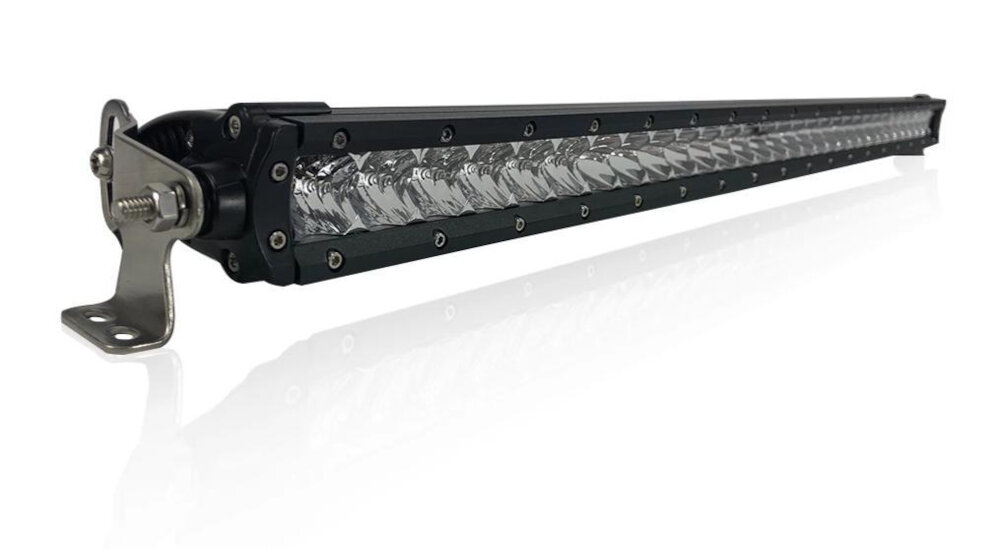
In conclusion, the uses and benefits of green LED light are vast and impressive. From promoting plant growth to improving sleep, green LED light has a variety of applications in different industries. Its energy efficiency and low heat emission make it an ideal choice for lighting solutions, and its unique properties make it a valuable tool for scientific research. The potential for green LED light to positively impact human health and environmental sustainability is promising, and continued exploration and development of this technology will undoubtedly lead to further discoveries and advancements. As we continue to prioritize sustainability and innovative solutions, green LED light serves as a shining example of the power of technology to enhance and improve our lives.

